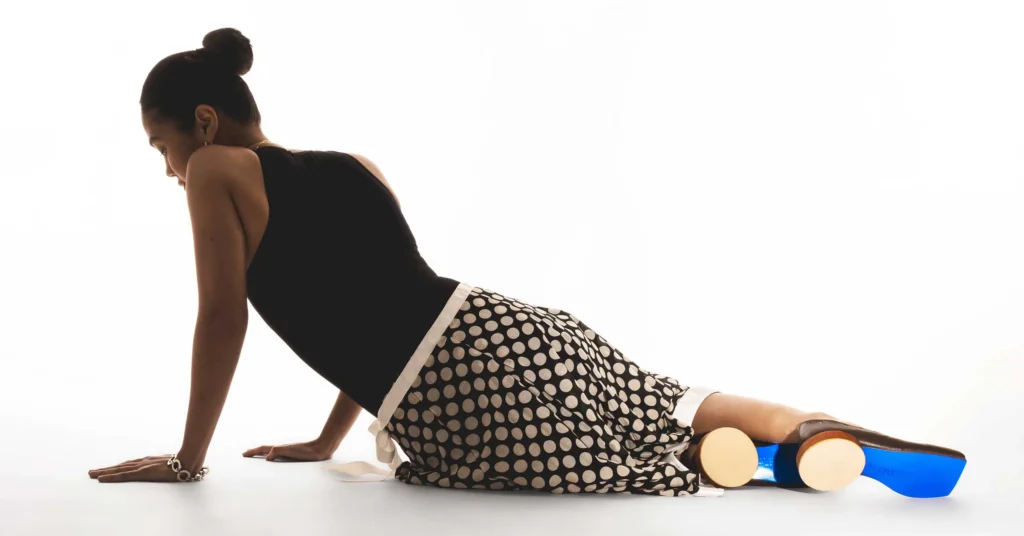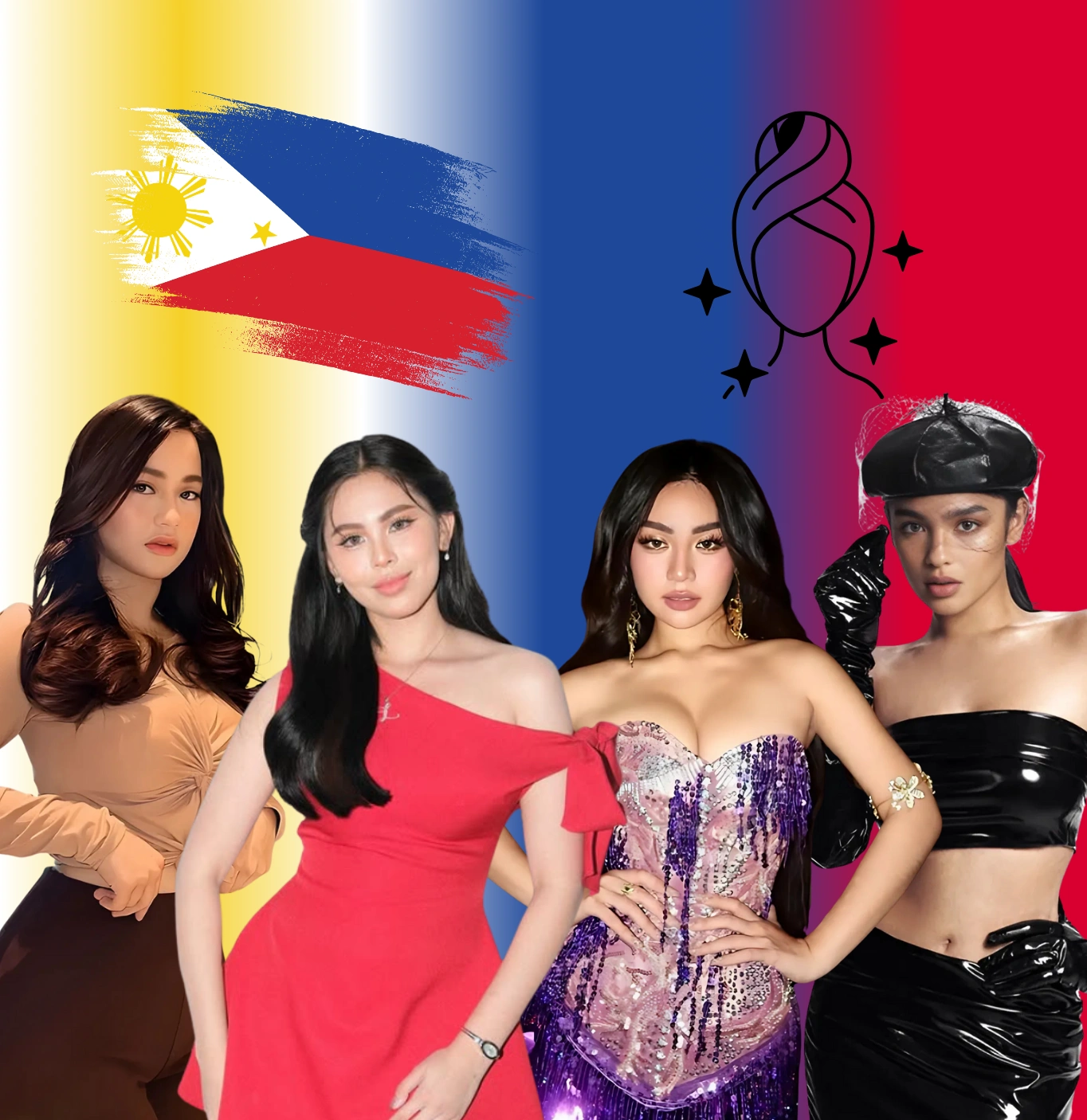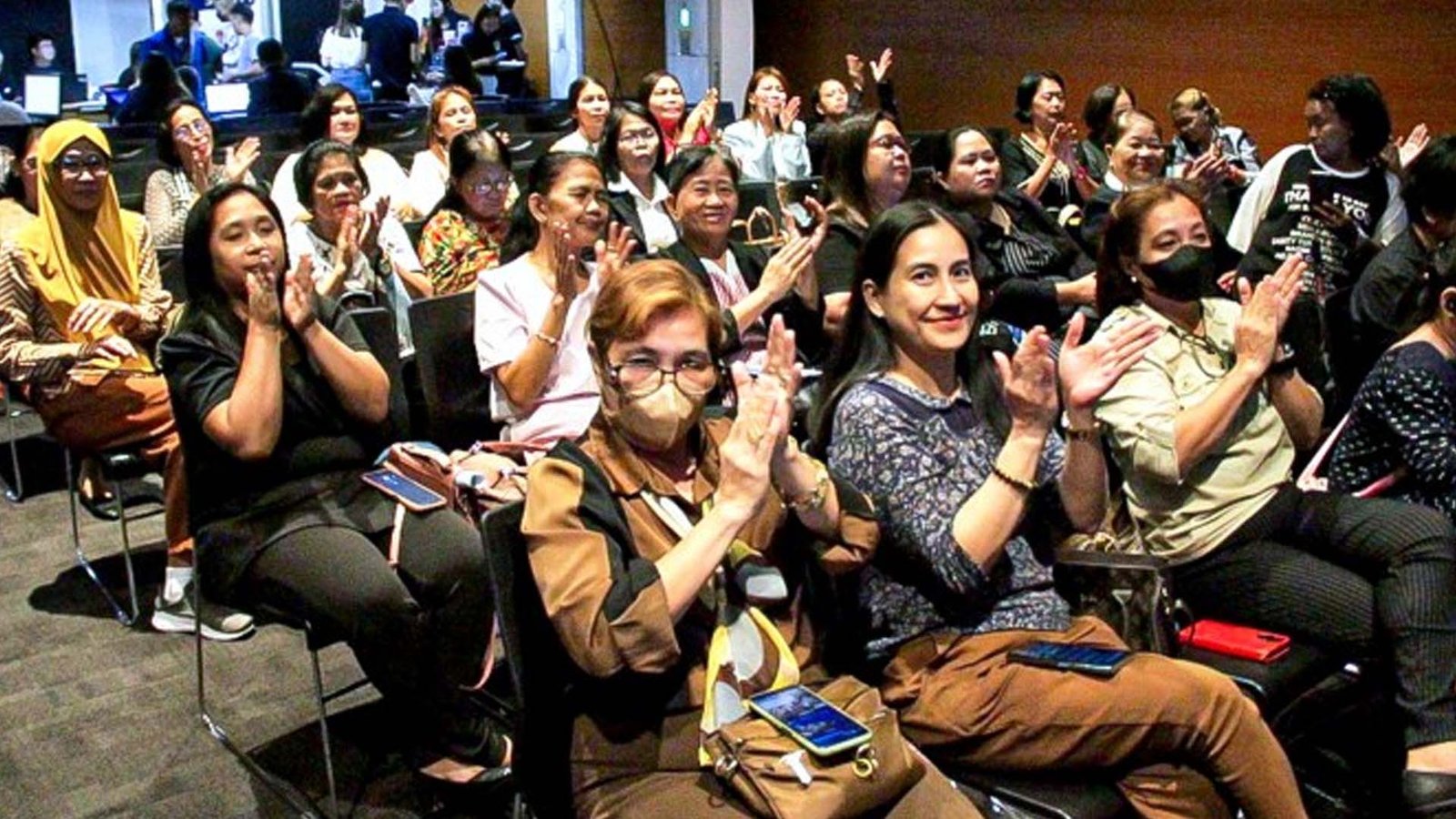Through a shared creative language, founders Paulina Dayrit and Jilliane Santos turn the textures of daily Filipino life into objects full of craft, nostalgia, and quiet wit.
It all began in the province of Pamanga, where two girls met in grade school, bonding early over Tumblr, moodboarding, and a shared love of visual storytelling. This was the genesis of Palengke, the “baby” of childhood friends and longtime collaborators Jilliane Santos and Paulina Dayrit, a project that’s rooted in a deep sense of Filipino identity with a tongue-in-cheek twist.
The name “Palengke” is Tagalog for marketplace, encapsulating the designer’s methodology of amalgamation and assortment in design. It’s a tribute to the everyday: to textures, colors, jokes, and gestures so deeply woven into Filipino civilization that they risk being overlooked. “We both have this childlike way of creating,” Paulina shares about their innate connection. “We’re playful, sometimes messy, but always intentional. That’s the energy of Palengke.”
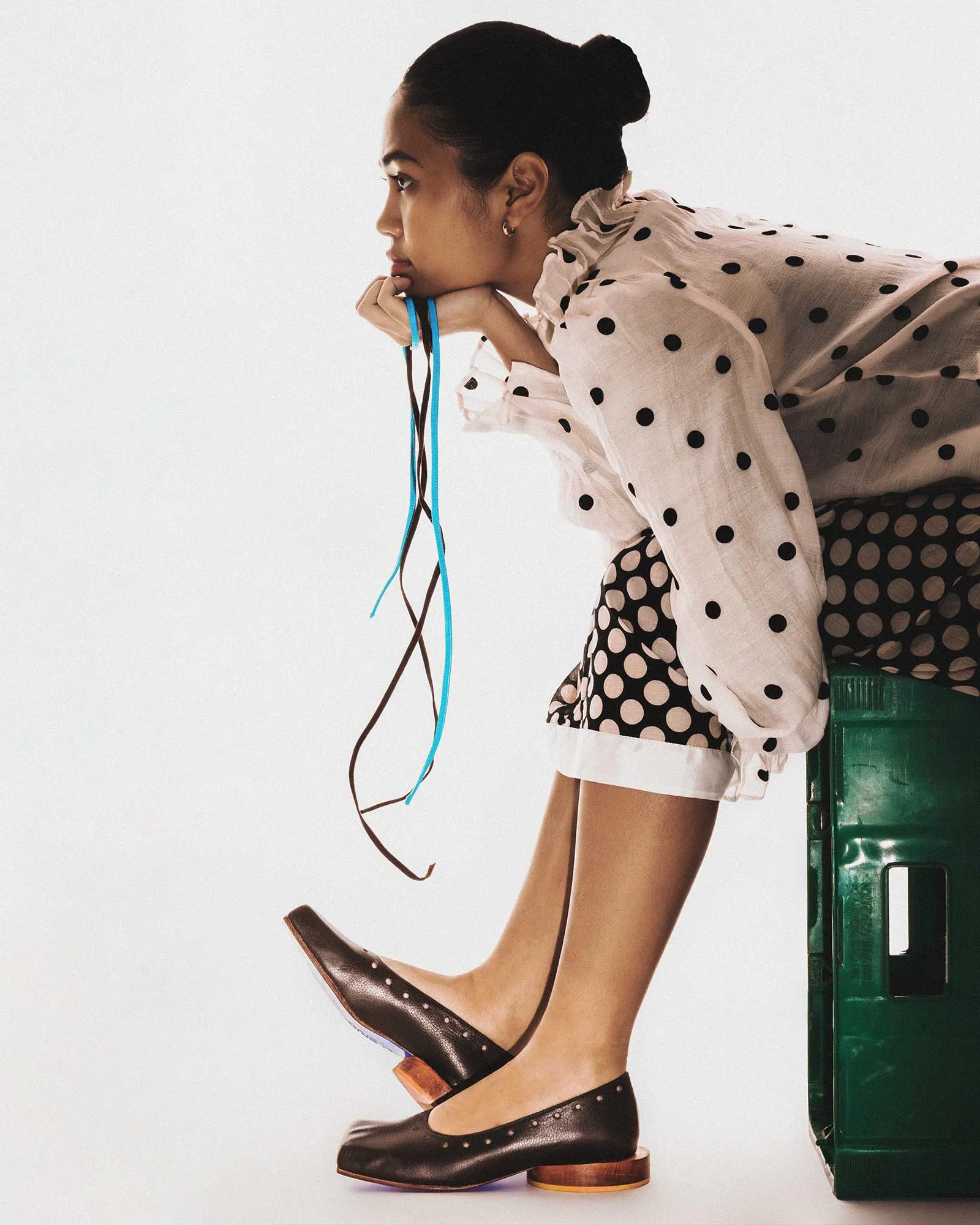
“People think Pampanga is provincial, but it’s very urban. That contrast directly translates to our products and our design ethos.” Photographs by Rojan Maguyon, courtesy of Palengke

Ginebra San Miguel bottles inspired the Kwatro Kantos heels. Photographs by Rojan Maguyon, courtesy of Palengke
At 18, their creative paths diverged: Paulina studied Information Design at Ateneo de Manila University, Jilliane pursued Fashion at SoFA, but their sensibilities evolved in tandem. “We speak the same visual language,” Paulina says. “Palengke is really just our personality in product form.”
Each design begins with an impulse. Often, it’s something small and familiar, drawn from the commonplace. For Paulina and Jilliane, design is never about hype. It comes from instinct, play, and a shared rhythm of thinking. Their signature Knaur Cube Heels, for example, are modeled after the ordinary Knorr bouillon cube, a pantry staple in countless Filipino kitchens. “We were just having fun,” says Jilliane. “But we also wanted to show that design doesn’t have to be serious to be meaningful. Humor can be craft, too.”
Concepts often grow out of conversation. The Kwatro Kantos heels, for example, were inspired by the Ginebra San Miguel square bottles found on Manila street corners. Its form, a wide square toe with a rounded wooden base, became a study in Memphis-like design and mood. “We try to put our twist to the things we see around us,” Paulina says. “We don’t take them literally. It’s about the feelings we attach to them.”
Some pieces are rooted in more personal memory. The Balikbayan Box bag takes after the large cardboard boxes sent by Filipino workers abroad, often filled with canned goods, chocolates, and care. “Our moms were OFWs,” Jilliane says. “So the balikbayan box was something very familiar growing up.” In their version, it became a multi-pocketed, reversible piece in soft nappa leather. The shape stays close to the original, but the execution holds a sculptural clarity.
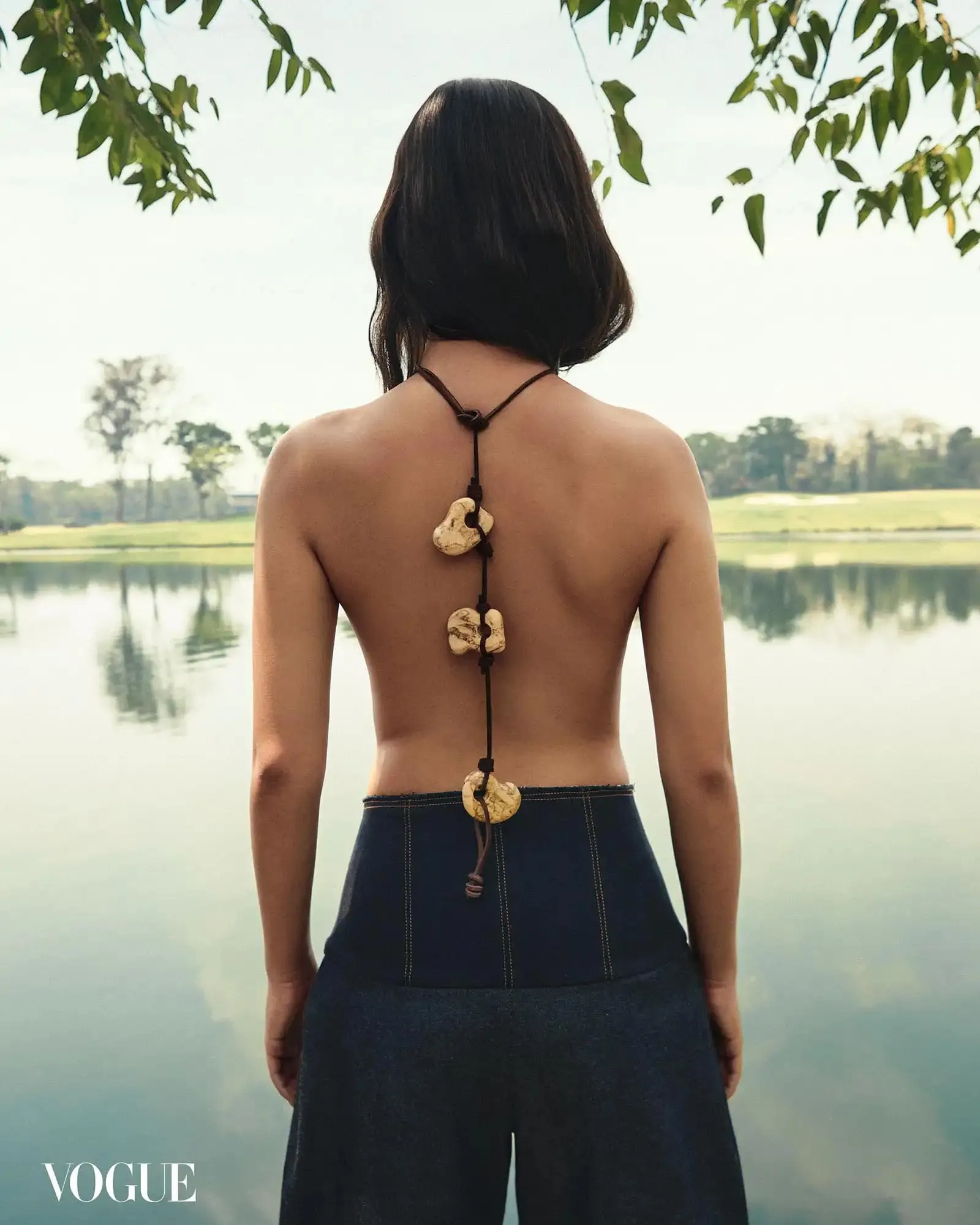
“Our baby is Palengke. Our personality is basically Palengke.” PALENGKE Bato’t Balat and BAGASÁO pants. Photographed by Camille Robiou du Pont, styled by Anz Hizon and Chelsea Sarabia
Other designs explore form more freely. The Bato’t Balat necklace combines hand-carved Romblon marble with leather. It is not bound to a single use. “It’s whatever you want it to be,” Jilliane says. Some wear it as jewelry. Others keep it as a charm, incense holder, or tabletop object. “We like pieces that can live with you,” she adds. “We always ask, does it deserve a place in someone’s life?” For Paulina, that is the core of their process. “It can’t just look good,” she says. “It has to be practical, useful, sulit.”
At the core of Palengke’s practice is deep respect for Filipino artisanship. Their first collaborations were formed during the pandemic through late-night Facebook messages to stone carvers in Romblon and natural dye artisans in Abra. “Now, with more local government support, it’s easier to connect,” says Jilliane. “They guide what’s possible. If a design doesn’t respect the material, if it’s not feasible for leather or marble, we let go. It’s about honoring the process.”
Storytelling is central to Palengke’s world-building, especially on Instagram, where Paulina leads the creative direction. “We’re creating a lifestyle, yes, but it’s not aspirational in the traditional sense,” she explains. She draws influence from J.W. Anderson and Jacquemus, both known for narrative-rich marketing. Jilliane, meanwhile, finds inspiration in architecture, especially Antoni Gaudí. “I love how he plays with textures and still keeps things ergonomic and catchy. I feel like if Gaudí were Filipino, he’d be making Palengke,” she laughs.
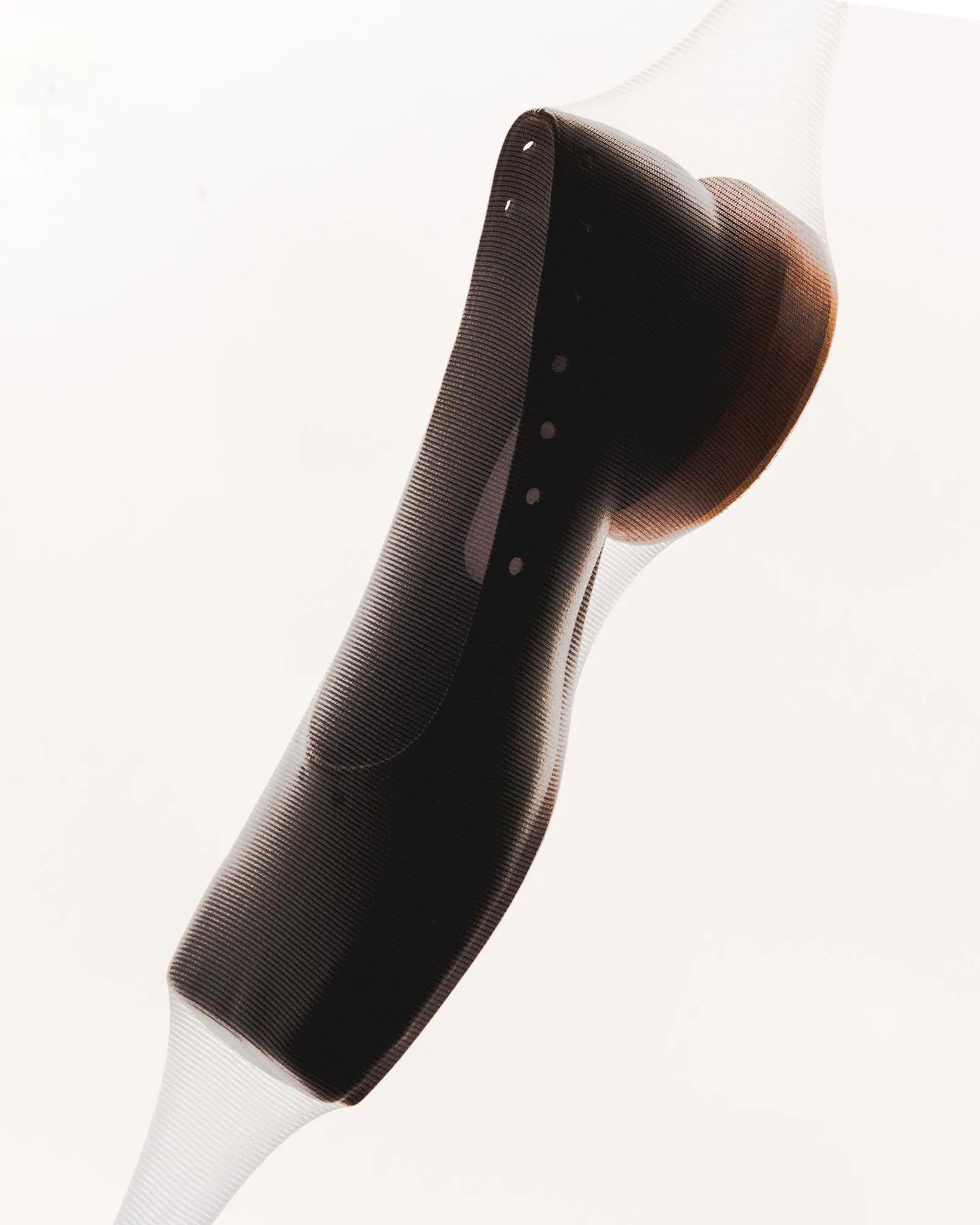
“We see it more as a collaboration with an artisan. As artists, we need to respect their process, their pay, their boundaries.” Photographs by Rojan Maguyon, courtesy of Palengke
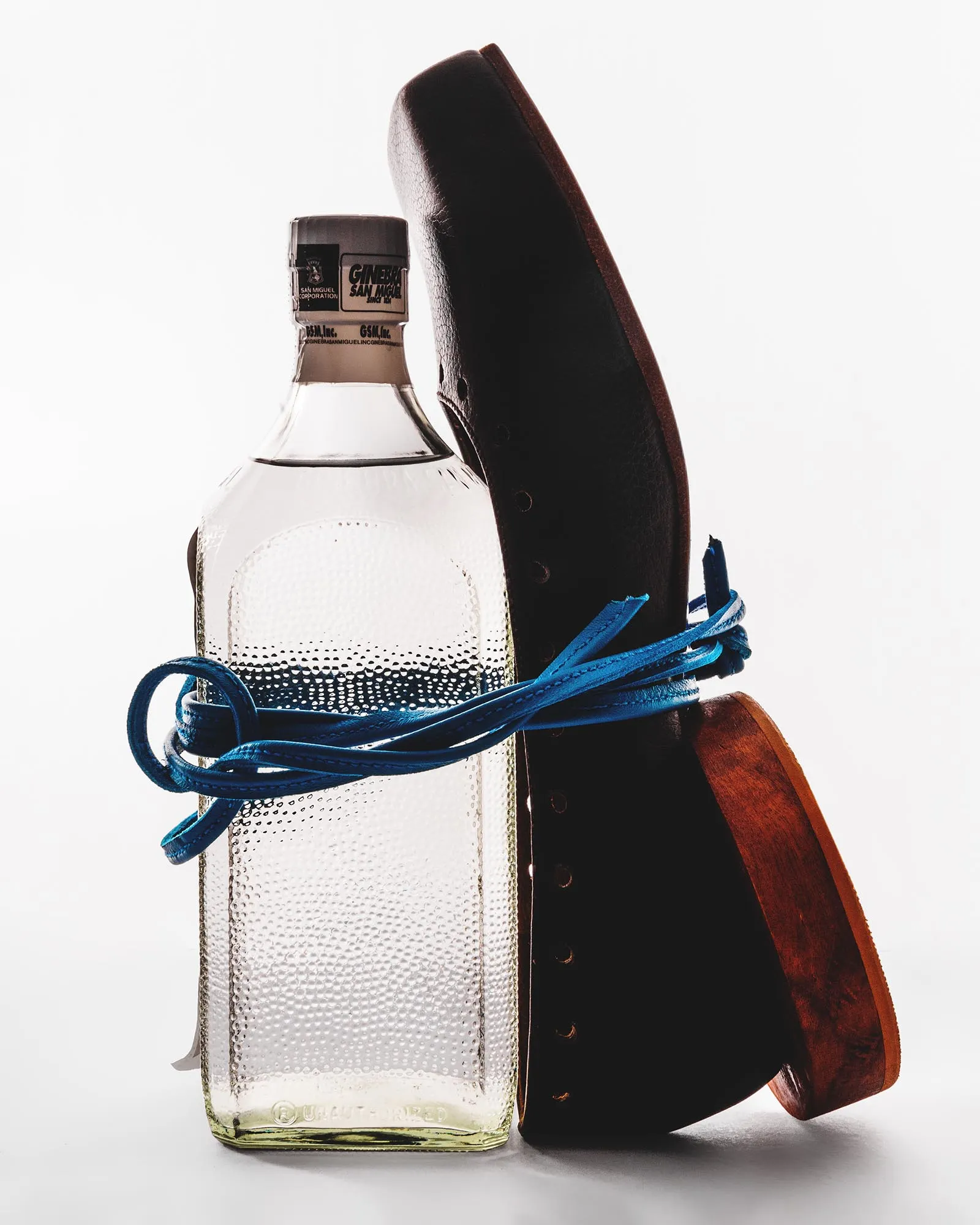
“We don’t want to just reference Filipino culture in a literal way. It’s about translating small, emotional things into objects.” Photographs by Rojan Maguyon, courtesy of Palengke.
Their community has grown largely through word-of-mouth and a shared set of values. “The Palengke woman or man is practical, imaginative, and deeply appreciative of craft,” Jilliane says. “Someone who wants things that mean more than just looking good.”
Earlier this year, Palengke was picked up by boutique retailer Comme Ci, with guidance from consulting partner Esme Palaganas. “It felt like the perfect fit,” says Jilliane. “Their curation, their values, everything aligned. And their team is genuinely wonderful.”
Four years in, the co-founders still get surprised by the recognition. “I’ll never forget when we were invited to the launch of Vogue Philippines’ maiden issue,” Paulina recalls. “We were so shy, just standing off to the side, and then someone came up and said they loved Palengke. That’s when it really hit.”
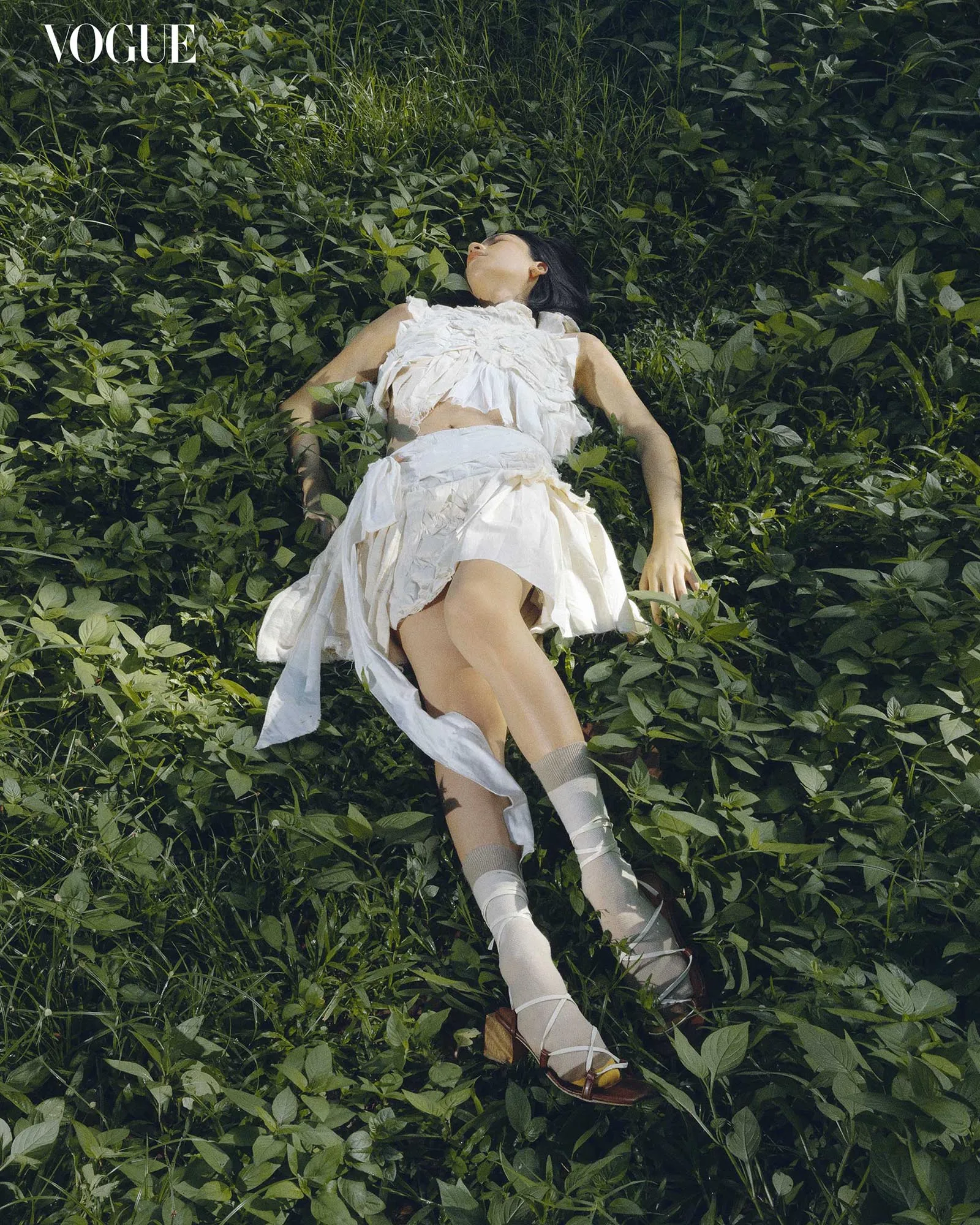
“We’ve only been hitting our marks in the past year, but when we see people connect with Palengke, that’s when it feels real.” CARL JAN CRUZ x BAYO top and skirt, PALENGKE Knaur Cube heels. Photographed by Koji Arboleda for the September 2022 Issue of Vogue Philippines
For Jilliane, the turning point came with the demand for constant restocks of the Knaur heels. “It started as a passion project. But when people wanted to live with the pieces, to integrate them into their lives, that’s when it felt like something real.”
Looking ahead, they’re returning to where they began. “We’re going back to clothing,” they reveal. “We started designing garments when we were 18 or 19. We’ve grown a lot since then.” Long-term, they dream of selling lifestyle objects, building an archive, and an “ecosystem” dedicated to Filipino craft. “Palengke wouldn’t exist without our artisans,” Paulina says. “We want to create a space for artisans to teach, to pass on their knowledge. That’s the dream.”
In a sea of fleeting trends, Palengke offers something else entirely: a way of designing that feels like home. Messy, mischievous, and deeply meaningful.




